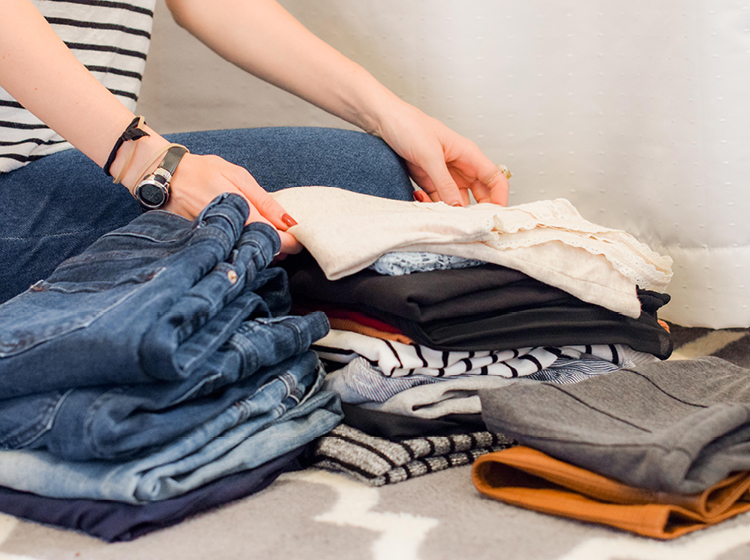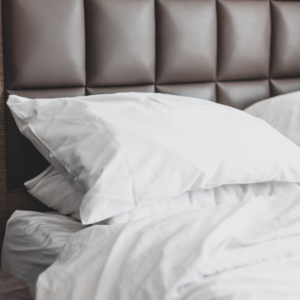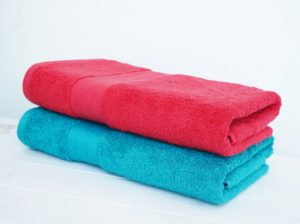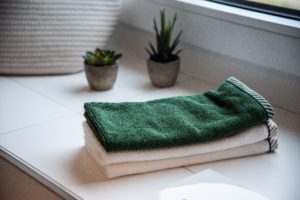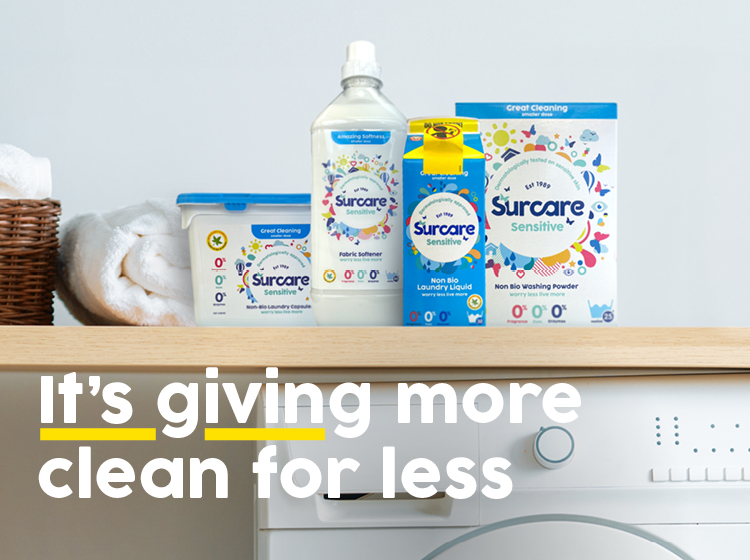Fabrics around the home need regular laundering to keep homes healthy. Fabric and fibres in particular can harbour pet hair, dust, pollen, bacteria and even mould and mildew – and if left to build up can cause illness and trigger allergies such as asthma and eczema. But how often should you clean certain items and how?
Many of the items that are being neglected can be washed in domestic washing machines, and these jobs only need to be done every few months so that your home is as healthy as it possibly can be.
So how often should you be cleaning your household items? Here is what we have to offer on how best to rid soft furnishings of the little nasties that like to build up in unsuspecting areas.
Rugs – Vacuum Once A Week, Professional Clean Once A Year
You should really be vacuuming your rug at least once a week to keep dust and dirt away. If your rug is in a high traffic area then you may need to vacuum it a lot more frequently. Regularly taking it outside to shake it will also help to remove dust and dirt, especially if the pile is shaggy.
Different rugs need different types of care. Many rugs can actually be machine washed, making them a really convenient option for lots of households, so always refer to the specialist care instructions with whatever product that you choose.
You should also consider getting your rug professionally cleaned once a year to kept it as fresh and clean as possible – especially if you have pets!
Pillows – Clean Every Three Months
Absorbing sweat and moisture whilst we sleep, pillows are a breeding ground for mould, bacteria and dust mites. In fact, up to a third of the weight of your pillow could be made up of bugs, dead skin and house dust mites and their faeces.
Pillows should be washed every three months. Most pillows with synthetic fibres can be washed in washing machine but always check the care label first. If your pillow is made from natural fibres then you may need to get it professionally cleaned.
Curtains – Thorough Clean Once A Year
Curtains are often a hugely forgotten about household item and cleaning them can seem like a daunting task. Unfortunately though your curtains could be storing up all kinds of nasties – the swathes of fabric can create the perfect conditions for capturing dust and the growth of mould and mildew. They can also absorb odours and become discoloured if they are left for too long.
You should ideally vacuum your curtains with a soft brush attachment once a week to keep on top of dust. Then once a year you should take them down to wash them properly – either in your machine or professionally. Always read the care label and follow the instructions carefully to keep them looking their best.
Filled Duvets – Every Six Months
The body naturally sheds millions of skin cells every time we go to sleep and it’s also estimated that we sweat out about 200ml every night – meaning that bacteria and bodily fluids can easily build up in our duvets.
Dust mites are also a common bed nasty – these are microscopic mites that are renowned for aggravating allergies and for people with asthma and eczema can make symptoms worse.
Washing your duvet at 60 degrees every six months will keep bacteria and dust mites in check, ensuring you can sleep easily at night.
Throws – Every Three To Six Months
Throws and blankets are another ideal home for dust mites and dirt – something you might not have considered when you’re snuggling down on the sofa at night. Washing or dry cleaning them every three to six months will keep any nasties at bay.
Sheets And Pillow Cases – Once A Week
Similar to your duvet and pillow, your bed sheets will be absorbing sweat and moisture whilst you sleep and should be washed once a week to kill bacteria and stop them from becoming discoloured and smelly. You can also air your bed every day by throwing back the top sheets and duvet to help air circulate.
Ideally, it is also wise to vacuum your mattress every fortnight to prevent dust mites from building up.
Pillow Covers – Once A Week
Your pillow cover will be subjected to a lot of sweat whilst you sleep, as well as natural oils from your face and hair and make up residue (if you haven’t removed it properly). All this will lead to nasties breeding in the area where you lay your head at night.
Wash your pillow covers once a week with your bed linen. Pillow cases and duvet covers should be machine washed at a minimum of 40°C, but it’s better to clean them at 60°C if the fabric will take it. That way, you stand a better chance of any harmful bacteria being killed.
Towels – Every Three To Four Washes
Your towels should be pretty clean because you use them to clean a freshly washed face, hands or body, right? Wrong. Don’t be fooled – every time you dry yourself you transfer dead skin cells on your towel – the kind of thing that bacteria just loves to grow on.
You should therefore wash your towel after every three to four washes to keep it fresh and clean and doing the job it is supposed to. If you have a towel that you use for working out then make sure that is washed after every exercise session.
Cleaning Cloths – At Least Weekly
Cleaning cloths easily pick up dirt, grime and bacteria so wash them frequently in your washing machine to keep them clean or pop them in the dishwasher and replace them every few months. Air drying your cloths will also stop them from smelling damp.
Tea Towels – Every Day
You may find this hard to believe but experts recommend that tea towels are washed every single day! This is because they come into contact with all sorts of surfaces – hands, dishes, mopping up spills and taking things out of the oven. They also get frequently damp which can encourage bacteria to multiply. So make sure that you replace your tea towel to avoid bacteria build up.
Keeping on top of these areas of your home can help to reduce the risk of allergies and illness in your family, this can be particularly important for anyone with sensitive skin.
For more laundry advice visit https://www.surcare.co.uk/laundry-advice/



























